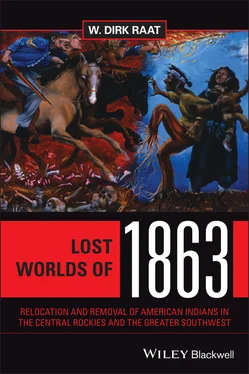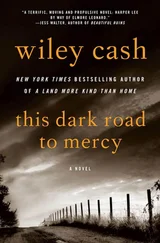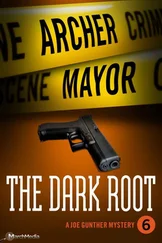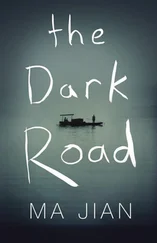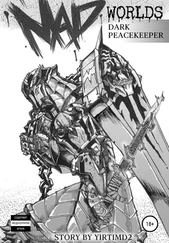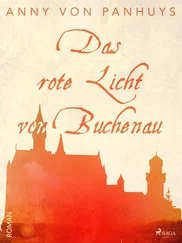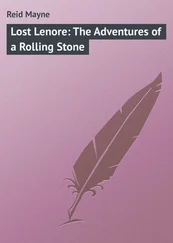Although the Ghost Dance has a continuous history from 1870 to 1890, a second great wave would take place after 1889 when Wovoka announced his death and resurrection, and pronounced the coming of an Indian Messiah in 1890, a pronouncement that had believers in both Indian and non-Indian communities. Wovoka told his Mason Valley people that they could chant, do the Ghost Dance, fall into a trance, and visit the land of the dead. If they did as they were instructed, Numina the Messiah, would bring the Indian dead back to life and restore the world to the way it was prior to the white man. 106
A peculiar coincidence was the date in which Wovoka stated that the Messiah would return. Wovoka’s prophecy indicated that the Messiah or Christ would return to the earth to restore America to the Indians in December 1890, the same date that the Mormon prophet Joseph Smith indicated that if he lived to be 85 he would see the face of Christ. Smith, born on December 23, 1805, although dead for many years would have been 85 on his birthday of December 23, 1890. 107The rumor of Christ’s coming was probably passed to Sioux Ghost Dance leaders by Bannock and Shoshone Mormons in Utah and Idaho. Although there is no evidence that Wovoka directly had contact with Mormon missionaries or converts, both Mormons and Paiutes shared many of the same ideals and practices. 108
Mormons believed, as did many Paiutes, that God’s curse on the American Indian was to give them a dark skin. In the Mormon Sunday School the doctrine that God’s curse on the Indian (called descendants of Laman or Lamanites) took the form of an invasion by Gentiles (non-Mormons) who would conquer the Indian, but that the curse would eventually be lifted and the Lamanites would become “white and delightsome.” The curse would be lifted with the second coming of Christ, and 1890 was that year for many of those “Latter Day Saints.” Another notion that did not come from the Paiutes was the idea of sacred temple garments that the Saints wore that would protect them from evil influences. Although Paiute shamans like Wovoka talked about bullets bouncing off their chest, the power was a supernatural one and not a Ghost Shirt. That idea was likely developed again by Bannock Mormons who passed it on to their Sioux cousins. 109
Just as the 1870s wave had spread the Ghost Dance ceremonies and doctrines throughout southern Oregon and California, the 1890s wave was spread eastward, first to Fort Hall in Idaho, and from there to the Great Plains, including the Dakotas and Oklahoma. The latter event was precipitated by the coming of the railroad. In 1868 the Central Pacific Railroad, following the Truckee River east from California, reached the Pyramid Lake Reservation town of Wadsworth. It eventually joined the Union Pacific near Ogden, Utah, creating a transcontinental link across the plains. By the 1890s Fort Hall was one of the crossroads of the West, a junction of the Oregon Short Line Railroads and the Utah Northern. Numerous parties of indigenous people passed through Fort Hall on their way east or west, and the Bannocks and Shoshones, who were among the first people to visit Wovoka, were anxious to spread the holy word. Ritualistic connections could now be made quickly by rail, and Fort Hall became a center of Ghost Dance activism. 110
The tragedy of Wounded Knee took place on December 29, 1890. Although some of the warriors wore “bulletproof’ shirts—Ghost Shirts—they were mostly for defensive purposes. Ghost Shirts provided some of their wearers with the idea of invulnerability. That idea of being incapable of being hurt or wounded was not new to the Paiutes and their shamans. What was new, and was not part of Wovoka’s message and the Paiute way, was the Ghost Shirt. 111After the 7th Cavalry opened fire more than 150 men, women, and children of the Lakota people lie dead on the ground. Fifty-one others were wounded. Their Lakota leader, Sitting Bull, had been killed earlier.
Wovoka’s preaching included the doctrine of non-violence. He had always taught that his followers should engage in agriculture and be hired labor for the white man. After Wounded Knee he eventually silenced his other messages and sought the isolation of his Yerington Indian Colony. But Wovoka had established a religious movement that not only had continued the tradition of Indian resistance, but marked the beginning of a new fight for religious freedom that characterized the early twentieth century, from the Peyote Church to Pentecostalism. 112
He danced his last dance in Yerington on September 20, 1932. He was 74 and had suffered from poor eyesight and hearing for some time. His wife of 50 years had died the month before. According to his son-in-law he never said that he would literally never die, only that his spirit would go on forever. He was interred in the Paiute cemetery in the town of Schurz, Nevada (see Figure 2.5). At least for this one Numu his wandering was over.

Figure 2.5 Wovoka . Schurz, Nevada Paiute Indian Cemetery.
Photo by W. Dirk Raat, July, 2018.
Commentary: The Military and the Boarding School
The purpose now is never to relax the application of force with a people that can no more be trusted that you can trust the wolves that run through the mountains. To gather them together little by little onto a Reservation away from the haunts and hills and hiding places of their country and … teach their children how to read and write: teach them the art of peace: teach them the truth of christianity … the old Indians will die off and carry with them all latent longings for murdering and robbing: the young ones will take their places without these longings: and thus, little by little, they will become a happy and a contented people.
General James Carleton to General Lorenzo Thomas, Sept. 6, 1863 1
A great general has said that the only good Indian is a dead one. In a sense, I agree with the sentiment, but only in this: that all the Indian there is in the race should be dead. Kill the Indian in him and save the man.
Captain Richard Henry Pratt (speech in 1892 at Carlisle) 2
When one Indian boy or girl leaves this school with an education, the ‘Indian Problem’ will forever be solved for him and his children.
Chancellor Lipincott of University of Kansas at Haskell Dedication (September 17, 1884) 3
The next day the torture began. The first thing they did was cut our hair … .While we were bathing our breechclouts were taken, and we were ordered to put on trousers. We’d lost our hair and we’d lost our clothes; with the two we’d lost our identity as Indians.
Asa Daklugie, Chiricahua Apache, 1886 4
Your son died quietly, without suffering, like a man. We have dressed him in his good clothes and tomorrow we will bury him the way the white people do.
Captain Richard Henry Pratt, Carlisle, 1880 5
Boarding schools for Indians have a lengthy history in the United States, dating back to colonial times when seventeenth century Jesuits established missions so as to “civilize an ignorant people and lead them to heaven.” In the mid-1600s Harvard College had an Indian school on its campus as did Hanover (later known as Dartmouth College) in the eighteenth century. Prior to the founding of the Carlisle Indian Industrial School in Pennsylvania in 1879, missionaries of various faiths had established religious schools near Indian settlements and on reservations in the Greater Southwest. Most of these were known as day schools. 6
Carlisle, established by a stern Christian, an ex-army officer and former Indian fighter named Richard Henry Pratt, was the first off-reservation boarding school. It was located in what was previously a military installation—the Carlisle Barracks that had once been a training center for the US cavalry. Carlisle became the prototype for other off-reservation schools. By 1902 the government had established 25 off-reservation boarding schools, including a dozen institutions in sites in Oregon, New Mexico, Nevada, Arizona, Colorado, California, and Montana. The Santa Fe Indian School, established in 1890, served mostly students from Southwestern tribes, as did the Phoenix, Arizona, and Riverside, California schools. By the beginning of the twentieth century nearly 18,000 students out of 21,568 were enrolled in either reservation or off-reservation boarding schools. 7
Читать дальше
